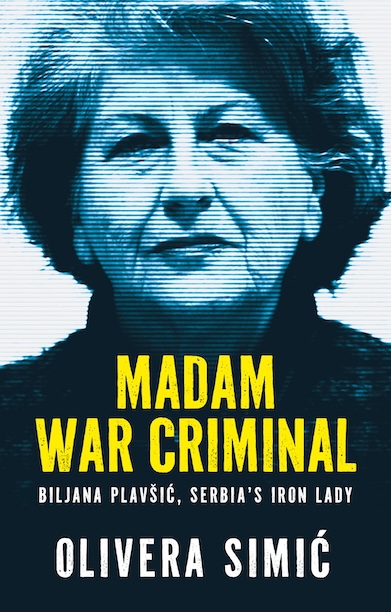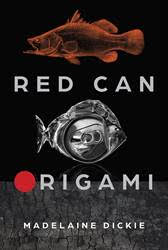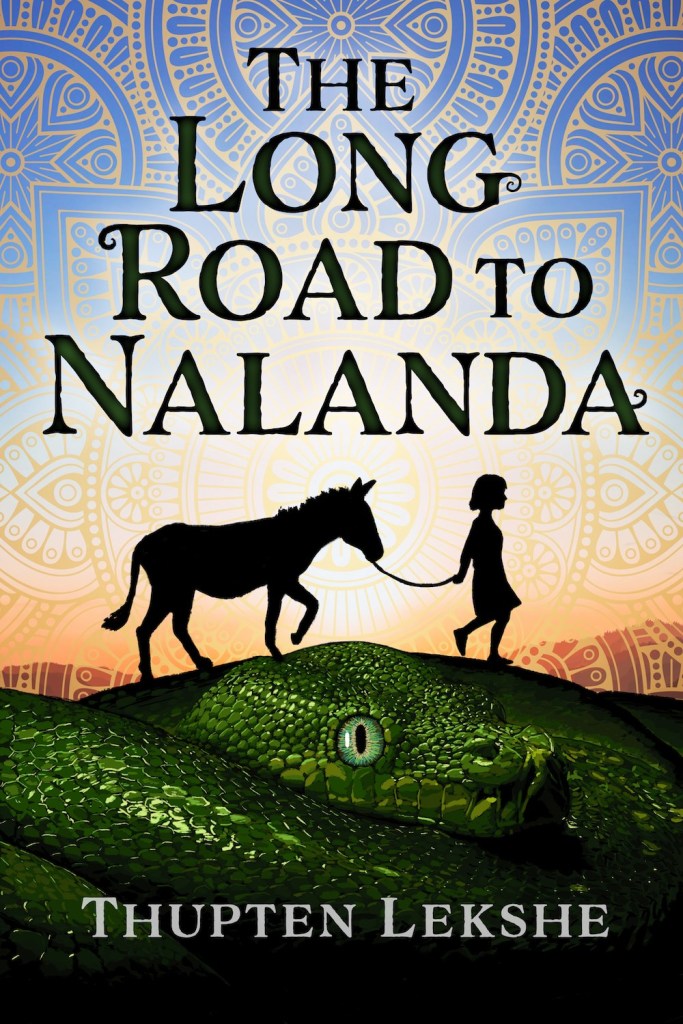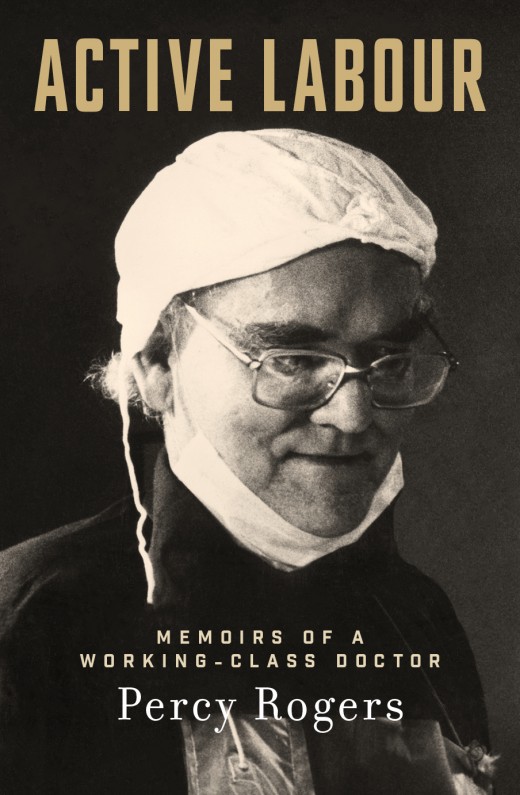In my role as editor, I am still correcting the misuse of lie/lay; that/which; and who/whom. I understand that most readers won’t pick up the errors. However, if you’re aiming to impress a potential publisher, or you’re writing an academic paper, learning how to correctly use these words is important. So, I’ve resurrected three articles that I wrote 10+ years ago and combined them in an attempt to provide a simplified update of their correct usage.
Who or Whom?
These days, the use of the pronoun ‘whom’ in our speech is becoming less common because it comes across as formal and is being nudged out by its mate, ‘who’. Unfortunately, this informal tendency is often carried over to writing.
The wo rd ‘who’ is a pronoun that can only be the subject of a verb (and the sentence in most cases).
rd ‘who’ is a pronoun that can only be the subject of a verb (and the sentence in most cases).
Who painted that? (who is the subject of the verb painted)
The children ran to see who was talking. (who is the subject of the verb talking)
Melanie is an athlete who enjoys cooking. (Who enjoys cooking? Melanie! She is the subject of the sentence)
 The word ‘whom’ is never the subject of a verb, but it serves as the object of a verb or preposition (to, of, near, with, by, on, in).
The word ‘whom’ is never the subject of a verb, but it serves as the object of a verb or preposition (to, of, near, with, by, on, in).
Ted gave the paintings to the students, all of whom were delighted.
I was determined to find Patrick whom I wanted to interview. (‘whom’ is the correct pronoun to use because it appears in the object position of the verb ‘interview’)
The easiest way to work out the subjects and objects of sentences:
- find the verbs and then identify who or what is doing the action (the subject).
Sam, who is identified as the person in the photograph, has disappeared.
(Sam is the subject of the verb, so ‘who’ is the correct pronoun. Usually, ‘who’ comes before the verb.)
- not all verbs have objects, but if they do, the object is the person or thing that is affected by the action of the verb.
Amy Black, whom you met two years ago, will be your tour guide.
(Although Amy Black is the overall subject of the second sentence, she is the object of the verb ‘met’, so ‘whom’ is correct here, although many people would use ‘who’ in conversation as it sounds less stuffy.)
Lie or Lay?
Lay (to put, place, or prepare):
The chicken lays an egg every day.
Lay the book on the table.
Lie (to recline or be situated):
I lie down for a nap every afternoon
I will lie low this weekend.
So that’s the basics of the present tense . . . easy. Now for the confusion . . .
lay is the past tense of lie
I lay here yesterday.
laid is the past tense of lay:
I laid the files on your desk yesterday.
A few lines from Shakespeare may inspire you.
King Henry:
Canst thou, O partial sleep, give thy repose
To the wet sea-boy in an hour so rude,
And in the calmest and most stillest night,
With all appliances and means to boot,
Deny it to a king? Then happy low, lie down!
Uneasy lies the head that wears a crown.
William Shakespeare, Henry IV (Part 2, Act 3, scene 1, 26-31)

Max Dupain, Sunbaker, 1937 (c. printed 1975), gelatin silver photograph, 38.0 x 43.1 cm (image), National Gallery of Victoria, Melbourne
That or Which?
Many writers don’t realise that that and which have different functions in a sentence.
that defines (introduces essential clauses that complete the sentence)
I was wearing the coat that I bought to wear to Europe.
whereas,
which gives extra information (introduces non-essential clauses, often enclosed by commas).
I bought a new coat, which I will be wearing to Europe. (non-essential clause)
There is always that old ‘chestnut’—ambiguity; it can hurt your intended meaning. For example, if you leave out the comma in the following sentence it is unclear whether all the toys were damaged and never sold, or whether there were only a few damaged that remained unsold:
The toys which were damaged were never sold.
Commas around the non-essential clause make the sentence clearer:
The toys, which were damaged, were never sold.
If which is substituted with that then an essential clause is created and the information contained in the clause defines or limits the subject (the toys) and there is no need for commas.
The toys that were damaged were never sold.
But this is even better:
The damaged toys were never sold.
Finally, a couple of excellent examples from Murray Bail’s novel Eucalyptus (1998):
It is this chaotic diversity that has attracted men to the world of the eucalypts.
The very word ‘eucalyptus’, which many would swear is the loveliest of all words, was for Ellen an unbearable word, a bearer of troubles.
Although English grammar rules change over time and relax, as an author, it’s important to take an interest in current ‘rules’. As a proofreader and editor, I wouldn’t be doing my job if I didn’t do so, and bring writers’ attention to incorrect word choices.
Are you ready …
to have your writing edited or proofread? Or you would like an assessment of your writing, whether it is a complete manuscript or a work-in-progress?
You’re welcome to email me on denise@denisemtaylor.com.au or via my contact page with a brief overview. I’d be delighted to help you finetune your writing project and bring it to completion ready for publication.
My editing is based on the Australian Style Manual (ASM) unless an author has been commissioned to write a book using the publishing house style guide.






